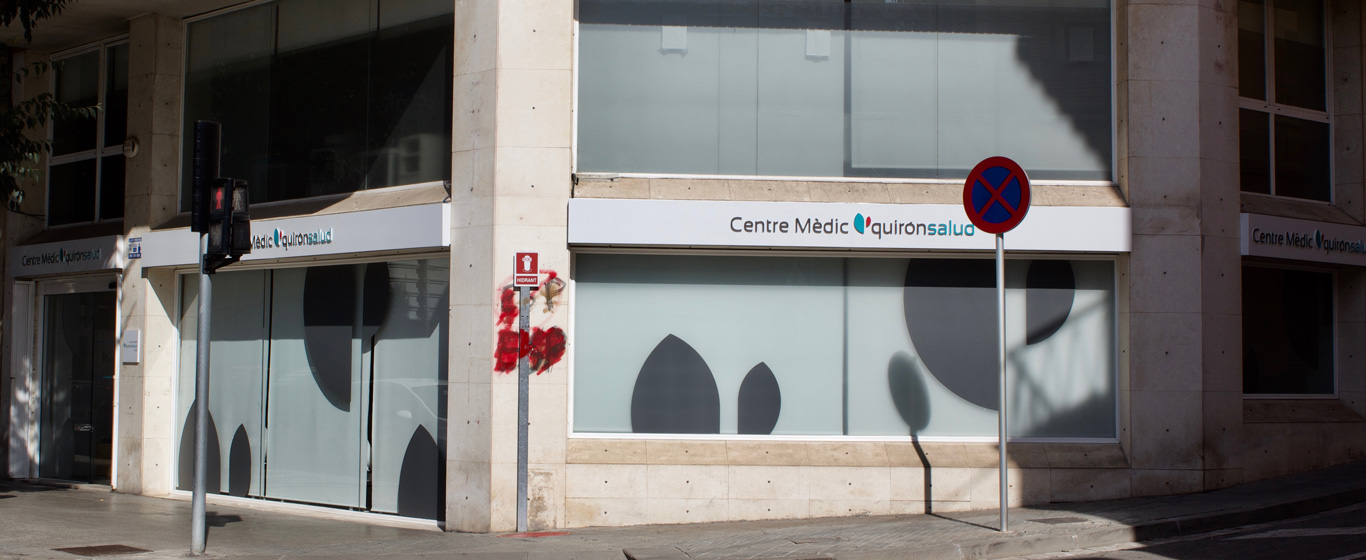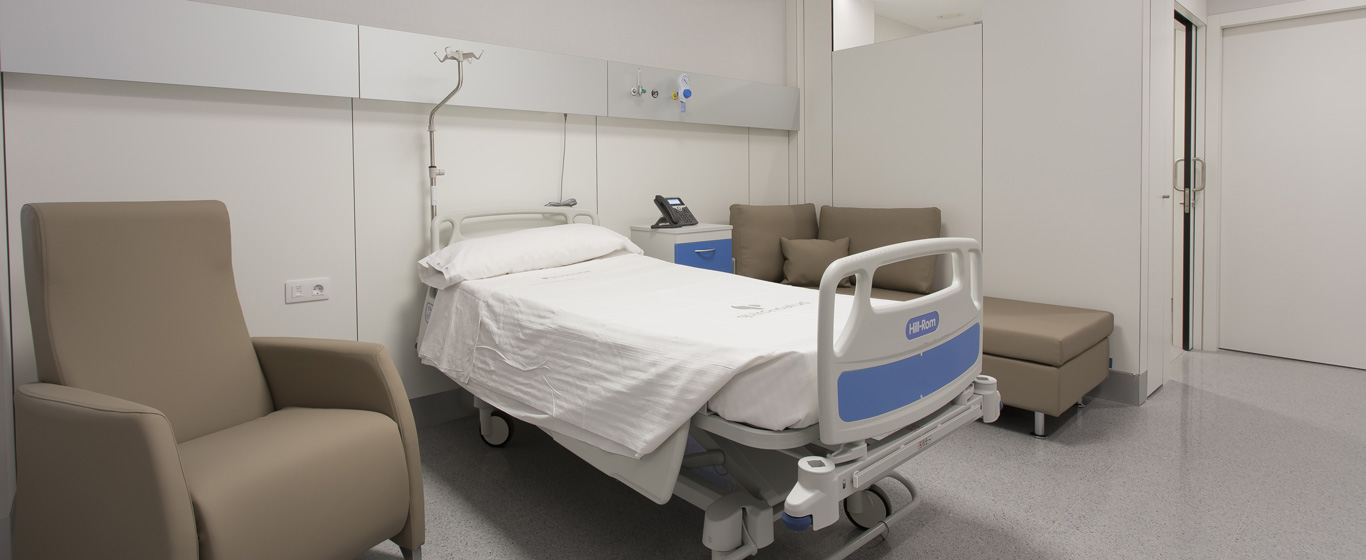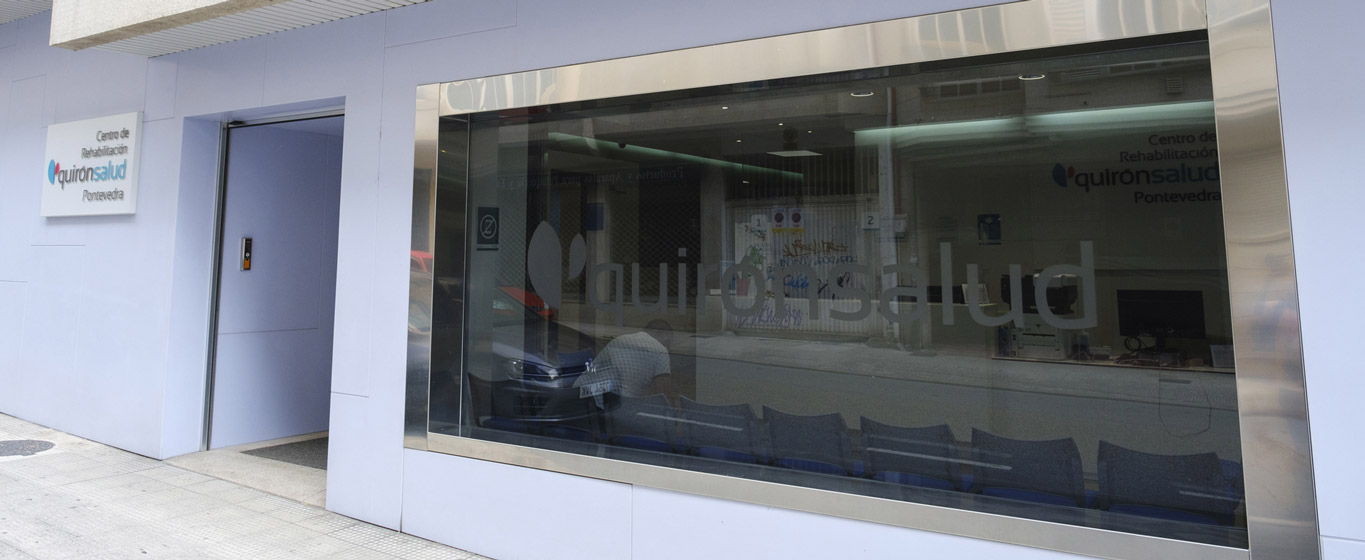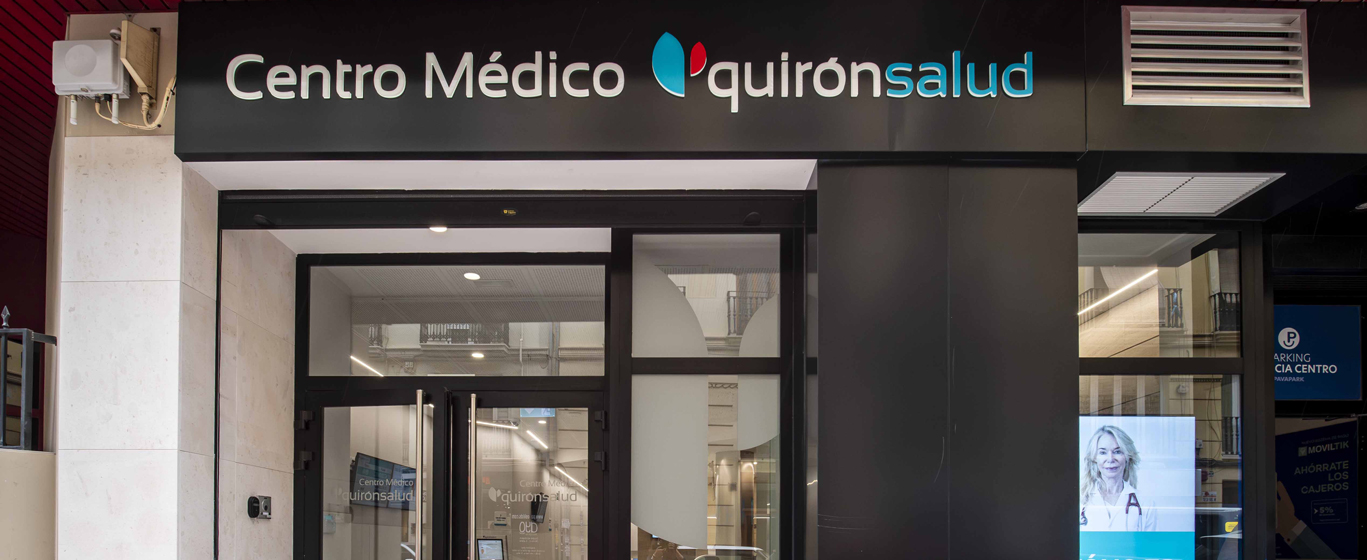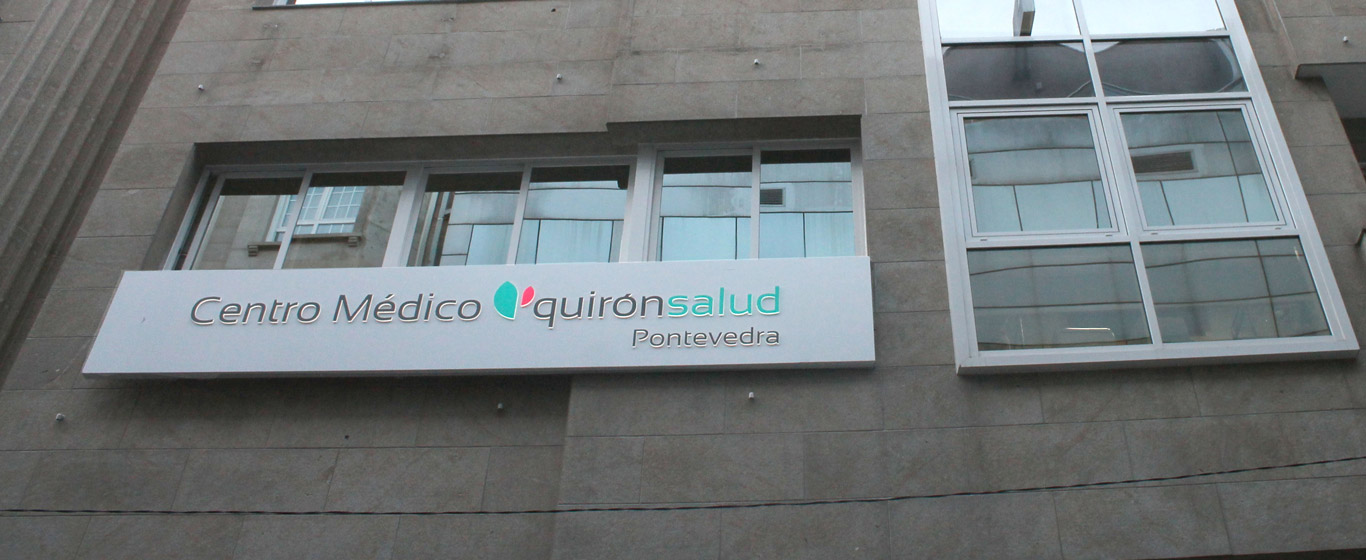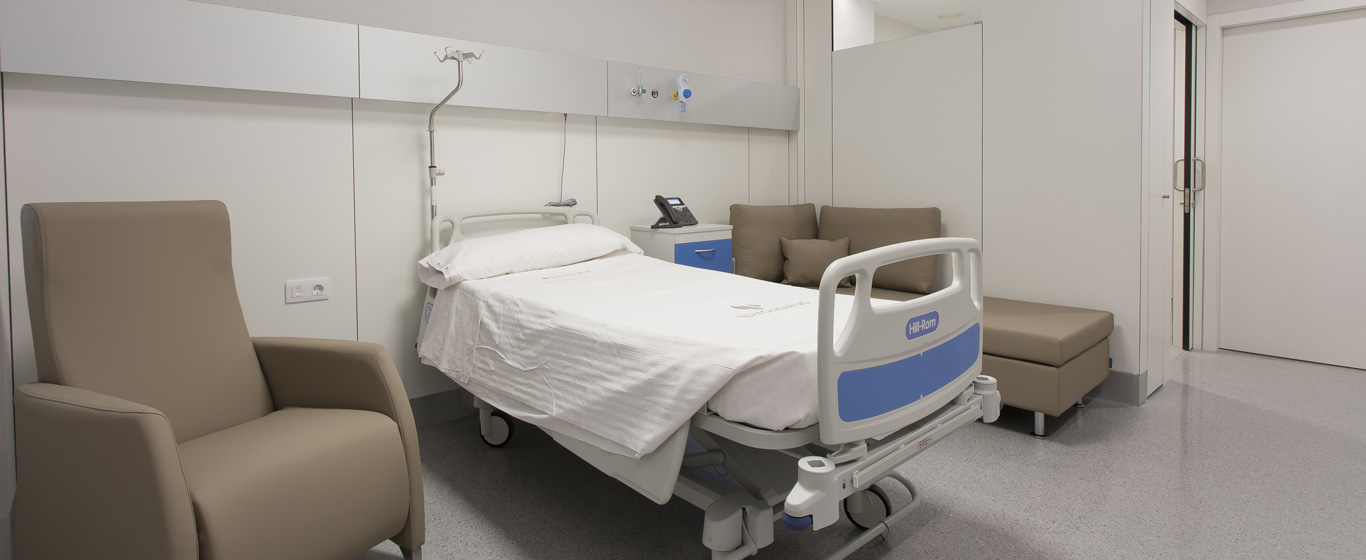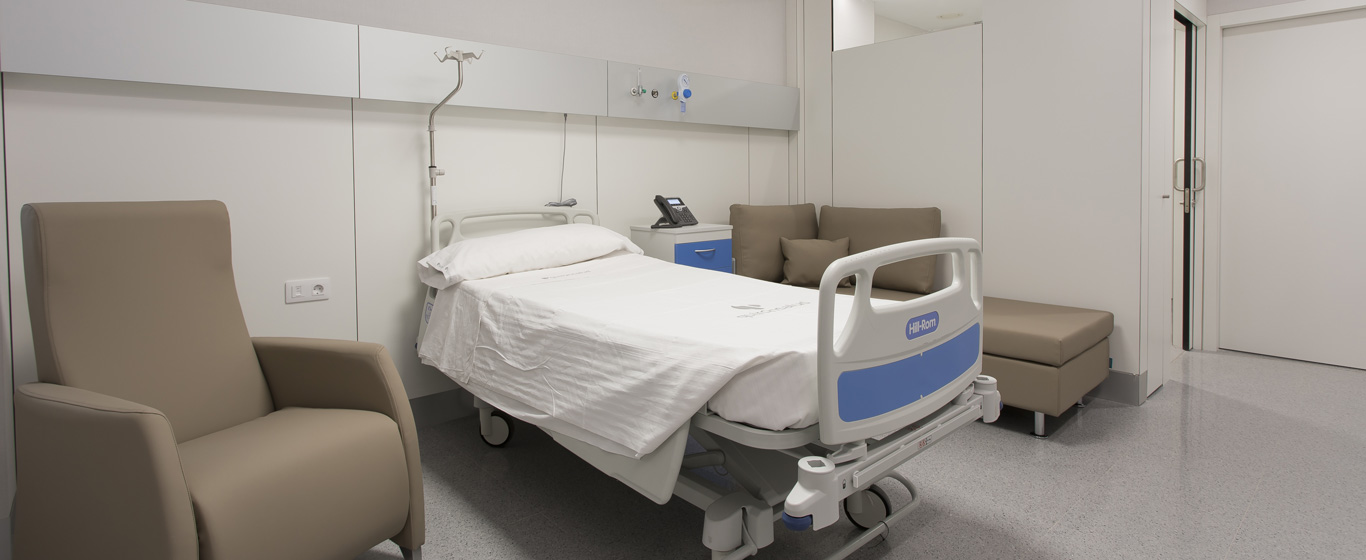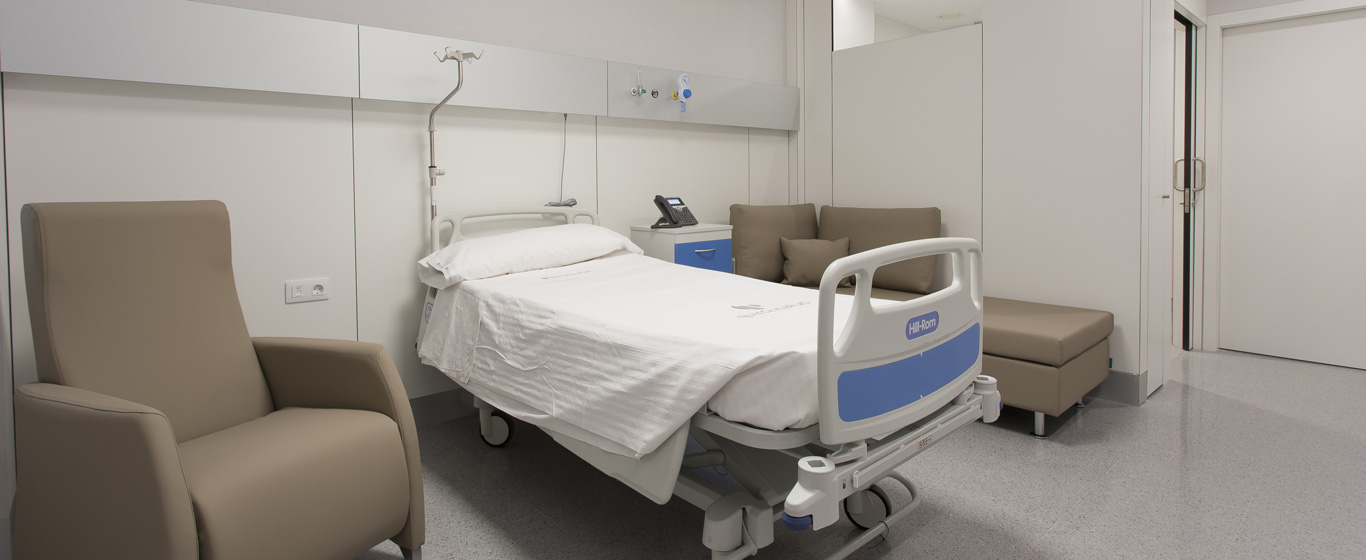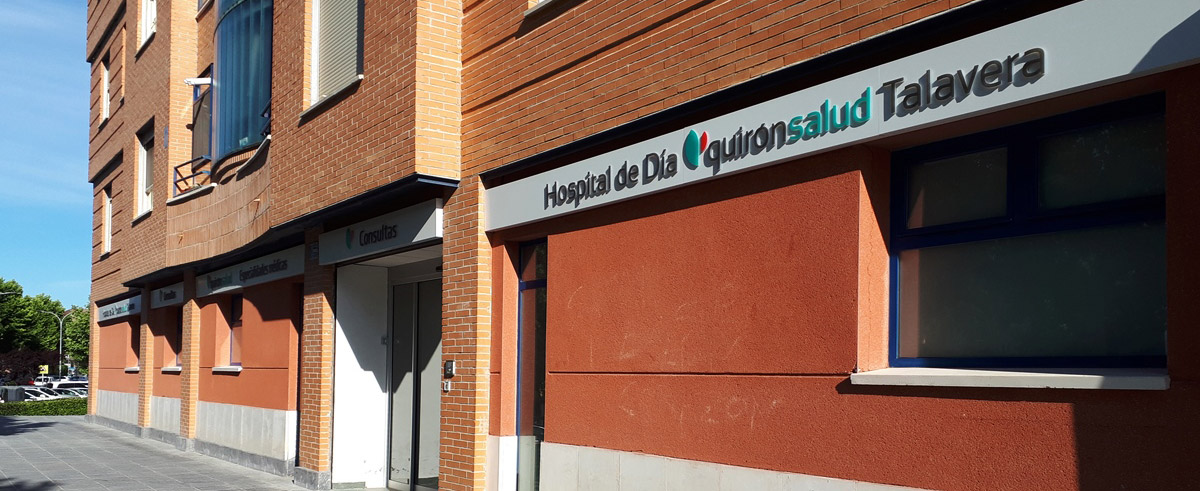Diabetic Foot
What causes diabetic foot? All the information about this condition: causes, symptoms, and treatments.
Symptoms and Causes
Diabetic foot is a condition characterized by ulceration, infection, or destruction of the deep tissues of the foot, associated with neuropathy or peripheral vascular disease resulting from diabetes mellitus.
Diabetic foot is a common complication of diabetes, but not all diabetic patients develop it; it is more likely to occur in cases where diabetes is not properly controlled. It is a potentially serious condition that, if not detected and treated in time, may result in the loss of the limb.
Symptoms
In the early stages, symptoms are not usually present; instead, they manifest as the damage caused by diabetes progresses. The most common ones are:
- Tingling or cramping sensation.
- Pain at rest.
- Intermittent claudication: leg pain that occurs when walking and subsides when stopping.
- Loss of sensation in the foot.
- Atrophy and weakness of muscles.
- Deformities.
- Reduced or absent sweating.
- Swelling.
- Dry skin and loss of the fat pad on the sole of the foot.
- Thickened nails.
- Appearance of ulcers.
According to the progression of symptoms, several degrees of diabetic foot are distinguished:
- Grade 0: no visible lesions. Only thickened skin or some bone deformity is noticeable.
- Grade 1: superficial ulcers appear.
- Grade 2: deep ulcers that penetrate to muscles and ligaments but do not affect the bone.
- Grade 3: deep ulcers with infectious cellulitis or abscesses. Bone involvement is usually present. Discharge and foul odor appear.
- Grade 4: necrosis or gangrene localized in a part of the foot or toes.
- Grade 5: gangrene spreads and invades the entire foot.
Causes
Diabetic foot develops due to the progressive damage to nerves and blood vessels caused by high glucose levels in diabetes. Neuropathic damage affects motor, sensory, and autonomic functions, leading to a loss of sensitivity to touch, pressure, or pain. As a result, the patient may suffer injuries and trauma without being aware of them. This is compounded by diabetic arterial insufficiency, which leads to decreased blood flow and, consequently, a reduction in the body’s inflammatory response. Thus, lesions have an extremely slow healing process, making them more prone to infections.
Risk Factors
The factors that increase the risk of developing diabetic foot are:
- Diabetes with more than ten years of progression.
- Uncontrolled blood glucose.
- Inadequate footwear.
- Insufficient foot care and hygiene.
- Obesity.
- Smoking.
- History of ulcers.
- Biomechanical alterations: joint limitations, bony prominences, calluses, or thickened nails.
Complications
The combination of toxins and lack of blood supply in the ulcers can lead to necrosis, i.e., the death of tissue cells. If these tissues are not properly removed, they can release toxins into the bloodstream, which can lead to gangrene. Reaching this point may require amputation of the limb or even death if the infection spreads throughout the body.
Prevention
To prevent diabetic foot, it is essential that diabetic patients pay careful attention to foot care:
- Thoroughly inspect the feet daily, looking for any small wounds or abrasions.
- Wash them daily with neutral soap, ensuring the water temperature is not excessive.
- Dry them thoroughly, especially between the toes.
- Hydrate them with urea creams.
- Do not use callus removers, razors, or sharp objects to eliminate calluses. Visit a podiatrist for this.
- Cut nails with blunt-tipped scissors and use a cardboard nail file; avoid using nail clippers or sharp scissors. The cut should be straight, avoiding cutting the sides.
- Wear socks and stockings made of natural fibers.
- Use comfortable and wide shoes that hold the foot securely.
- Check the inside of the shoes daily for small stones or other objects that may cause abrasions.
- Do not walk barefoot, even at home.
- If any wound appears, visit the doctor immediately.
Which doctor treats diabetic foot?
Diabetic foot is a complex condition that requires a multidisciplinary approach with specialists in endocrinology, angiography, vascular surgery, and orthopedic and traumatological surgery. Specialists in physical medicine and sports medicine can detect this condition when addressing other diseases.
Diagnosis
The diagnosis of diabetic foot is based on the following tests:
- Physical examination: thorough inspection of the foot to detect injuries and deformities, assess the pulse, and confirm loss of sensation and muscle atrophy.
- Ankle-brachial index measurement: blood pressure in the extremities is measured, and the ratio between systolic pressure in the leg and the arm is calculated. A low index indicates peripheral arterial disease.
To determine the need for revascularization, imaging tests are performed:
- Arterial Doppler ultrasound: imaging study using ultrasound to examine blood flow in the arteries.
- Arterial angiography: using X-rays and the injection of a special dye to observe the inside of the arteries.
Treatment
The treatment of diabetic foot depends on its grade:
- Grade 0 Diabetic Foot: preventive therapy to avoid ulcerations.
- Grade 1 Diabetic Foot:
- Absolute rest of the injured foot for three to four weeks.
- Daily cleaning of the ulcer with saline solution, gauze, and isotonic solutions.
- Compression bandages to promote blood circulation.
- Grade 2 Diabetic Foot:
- Absolute rest.
- Debridement of the ulcer: removal of necrotic tissue and thickened skin. A culture of the excised tissue is performed to confirm infection.
- Application of specific healing creams or gels, such as platelet growth factor, extracellular matrix proteins, collagen, hyaluronic acid, or autologous bone marrow cell grafts.
- Administration of antibiotics.
- Grades 3 and 4 Diabetic Foot:
- Intravenous or subcutaneous administration of antibiotics.
- Revascularization: a surgical procedure to restore blood flow in the foot.
- Bypass: a blood vessel from another part of the body is used to create an alternative pathway for the blocked artery.
- Angioplasty or endovascular revascularization: a catheter with a small balloon at the tip is inserted into the artery, and the balloon is inflated to open the artery and improve blood flow. A small mesh tube is usually placed to keep the artery open.
- Grade 5 Diabetic Foot: If the ulcer causes severe tissue loss or an infection that threatens the patient's life, the only viable treatment is amputation.






